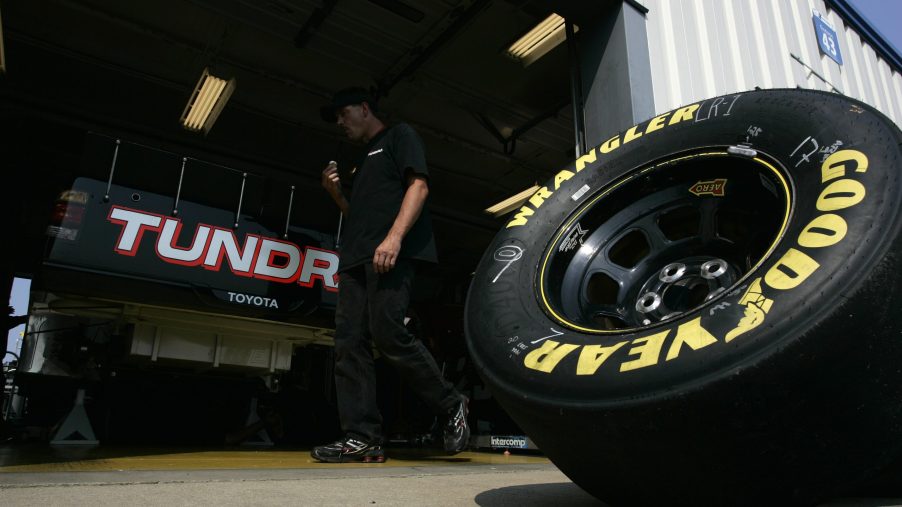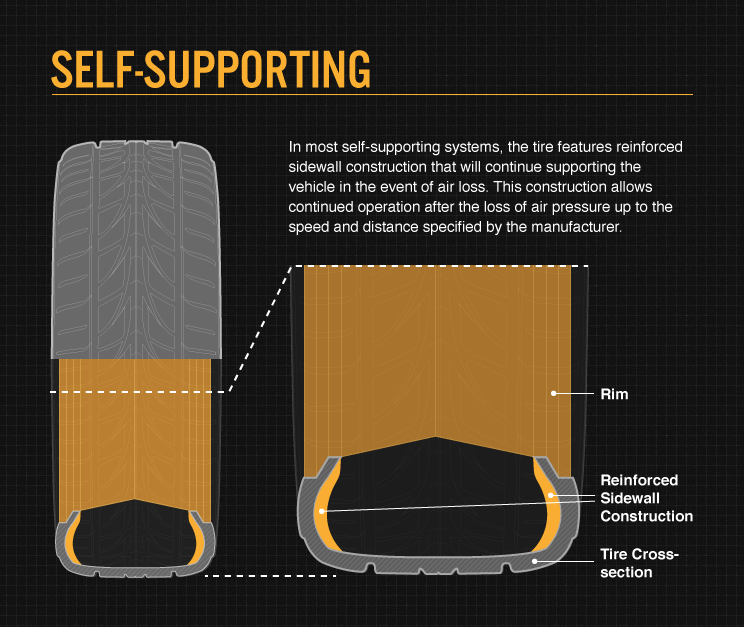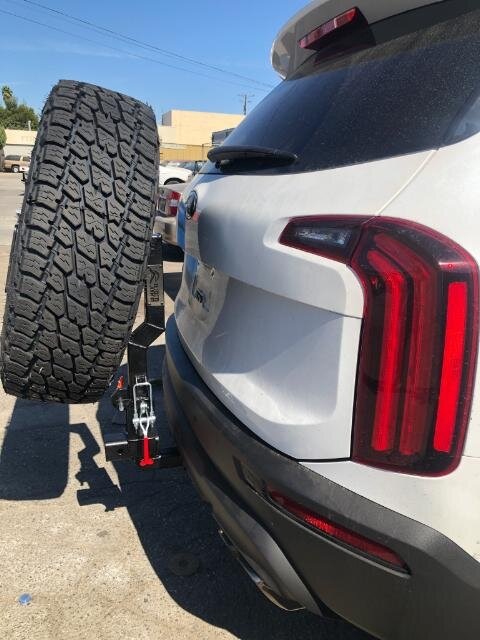
Run-Flat Tires Are Replacing Your Spare Tire and It Sucks
If you have purchased a new car within the past couple of years, you may or may not have noticed that you probably don’t have a spare tire anymore. While this might seem convenient, or maybe even just cool, many car owners don’t love the fact that our cars no longer have a spare tire. There are more than a few problems caused by having run-flat tires.
How do run-flat tires work?
The construction of the run-flat tire is simple yet innovative. The design is basically created to maintain the shape of the tire in the case that the tire is punctured or otherwise losing air. This means that your single tire acts as both your standard tire as well as your donut in case of an emergency. This is achieved by reinforcing the sidewall of the tires so that they can maintain their shape even without air pressure.
Like a spare tire, you can only drive on a run-flat for a short distance and at low speeds. The only real benefit to them is that you don’t have to swap out your flat tire with the spare tire in the trunk. This is great, as long as you continue to pay for the more expensive run-flat tires every time you need your tires replaced.

Why are manufacturers ditching spare tires?
Car manufacturers claim that they are reducing weight and space consumption by removing spare tires from cars. While this sounds logical in theory, spare tires don’t necessarily add that much weight to a vehicle. In fact, unless you are driving a race car or performance-oriented car, the additional weight of having a spare tire does very little to affect your car’s driving ability or fuel economy.
Spare tires are also kept in places where you wouldn’t typically store cargo, sometimes even being attached to the underside of the car. On Jeeps and trucks, the spare tire is entirely external, and even part of the iconic design. For cars and SUVs, the spare tire is hidden under the trunk’s floor, not really where you want to put your groceries or gym bag anyways.

But why do they suck?
Run-flat tires are a great idea in theory, but they leave a lot of owners feeling uneasy. While it is cheaper for the car manufacturer to ditch the spare tire, it isn’t as cost-effective for consumers. Because the run-flat tire is dependent on, well, the tire, you have to continue to buy run-flat tires. These are typically more expensive than your average tire, and if you find yourself switching back to a standard tire, you still don’t have a spare tire.
Run-flat tires are a concept that sounds great in theory, but maybe not in execution. If you want to spend the money to continue to get run-flats for the rest of your car’s life, they can be relatively handy. If you’ve ever needed to use one, chances are you didn’t mind the ability to keep driving on a flat tire. These days many drivers have some road-side assistance that would rescue them anyways, and having run-flat tires with no spare can still be a gamble.


